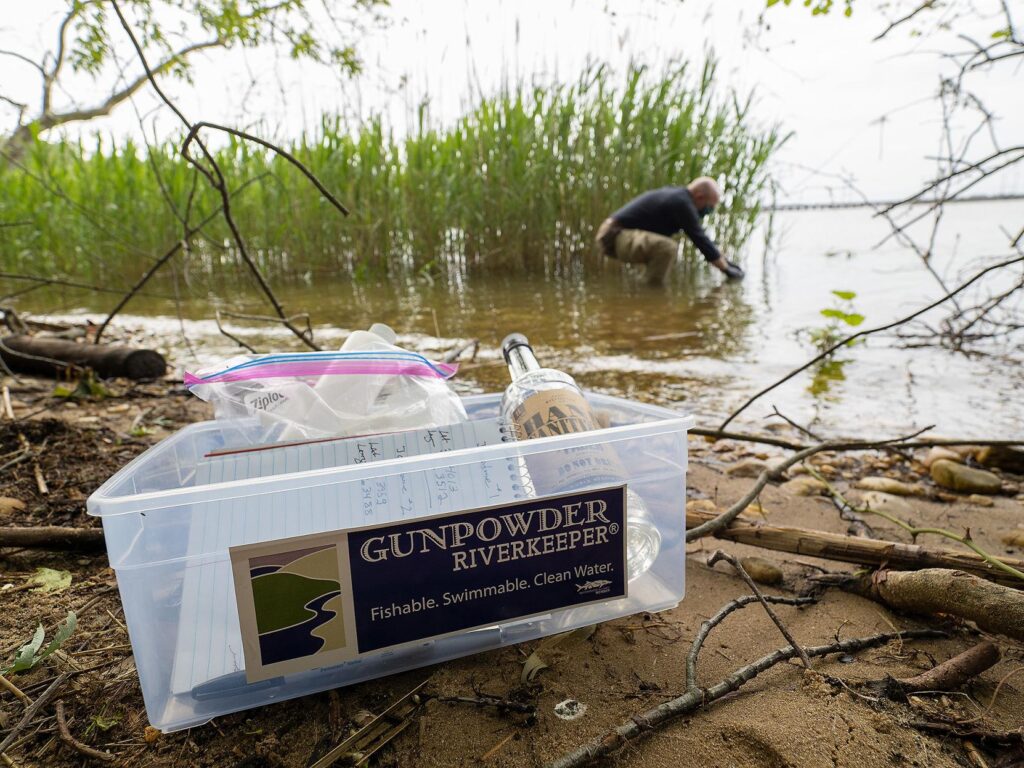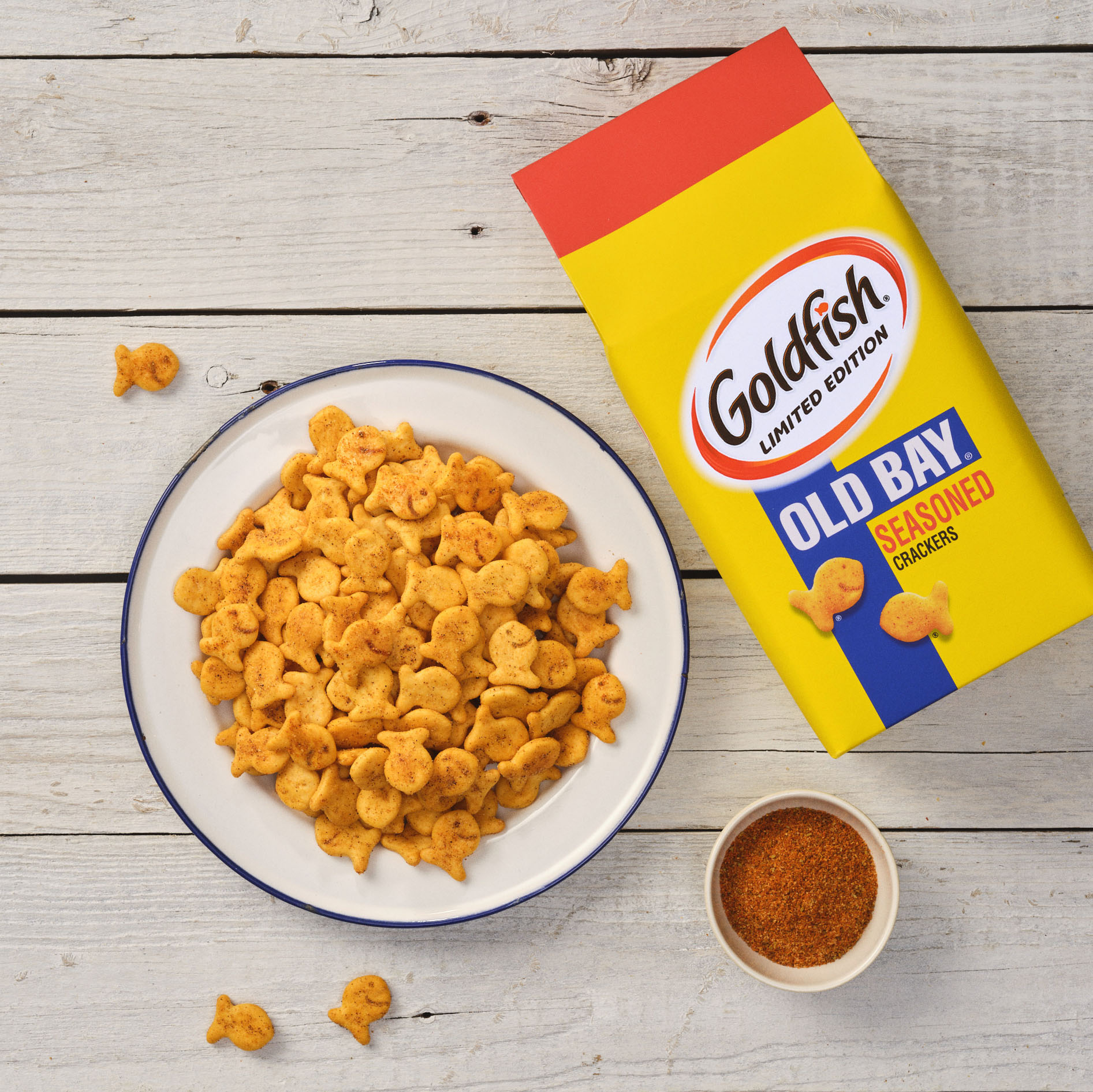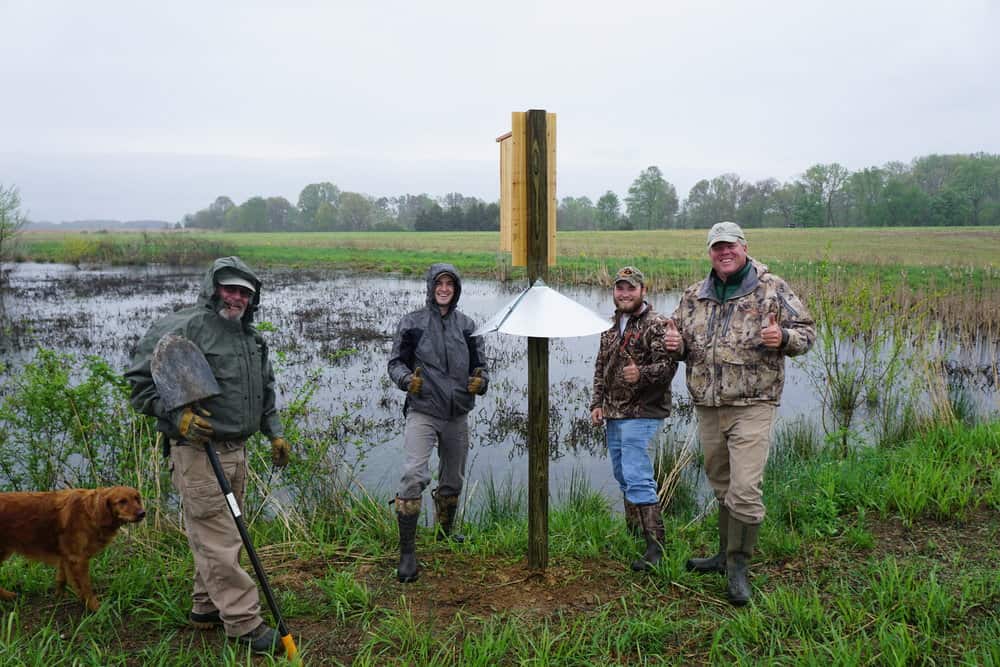By Timothy B. Wheeler, Bay Journal News Service
Federal regulators have agreed to check fish in two Maryland rivers for toxic contaminants to settle a court case brought by an environmental group. Whether that will prompt any cleanup efforts remains to be seen.
In an effort to resolve a lawsuit brought in 2020 by the Gunpowder Riverkeeper, the U.S. Environmental Protection Agency has offered to sample fish from the Gunpowder and two of its creeks for polychlorinated biphenyls, or PCBs.
Once widely used as coolants and insulators in electrical equipment, PCBs were banned in 1979 after studies linked long-term exposure to cancer and other health problems. They break down very slowly, though, so they continue to contaminate many waterways, where they tend to collect in bottom sediments. They build up or bioaccumulate in fish and are one of the main reasons that anglers throughout the Chesapeake Bay watershed are urged to limit consumption of some locally caught fish.
The Maryland Department of the Environment listed the Gunpowder and Bird rivers as impaired for PCBs in fish tissue in 2006 and 2008, respectively. In 2015, the state agency issued a “total maximum daily load” or cleanup plan for the rivers but said the PCB contamination was coming from the Susquehanna River—essentially beyond the control of state or local governments to address it. The EPA approved the TMDLs in 2016.
Gunpowder Riverkeeper Theaux LeGardeur sued, contending that the EPA had improperly approved the cleanup plans. The state hadn’t adequately sampled for potential local sources of PCBs, he contended, particularly the old C.P. Crane power plant near the mouth of the Gunpowder River and Aberdeen Proving Ground, a portion of which drains to the Gunpowder via Canal Creek.
LeGardeur acknowledged that the proposed settlement, which still must be approved by a federal court, doesn’t directly address his issue with MDE’s cleanup plans. It doesn’t require the state to reconsider its assessment that there are no local sources of PCB contamination in the rivers that might be dealt with.
“What we really wanted the EPA … to assess is the idea of fish contamination risk within the two basins that were seemingly ignored during the initial TMDL workup,” LeGardeur said.
Before the riverkeeper’s lawsuit, MDE said a review of its records didn’t find any legacy PCB contamination in the areas of the proving ground that drain into the Gunpowder. But a 2016 consultant’s report measured high levels of PCBs, along with other contaminants, in upper Canal Creek, which drains into the Gunpowder from the proving ground’s Edgewood area.
After MDE was informed of that, agency spokesman Jay Apperson said it “will be considered” in any future revision to the rivers’ cleanup strategies. It’s not clear when that would occur.
The issue raised in the lawsuit also may have wider implications: Nearly half of the PCB cleanup strategies that MDE has developed for more than 30 state waterways don’t identify any local sources of contamination that someone — or the state — could be required to remediate.
As part of this proposed settlement, the EPA has agreed to make public any PCB contamination it finds in fish from Seneca and Saltpeter creeks near the site of the old power plant and from Canal Creek downstream of the proving ground.
Once the sampling results are in, the agency also pledged to encourage MDE and Baltimore County, through which most of the Gunpowder and Bird run, to hold a public meeting concerning its TMDL cleanup plans. If neither state nor local officials will hold such a meeting, the EPA will host its own public forum on the issue by 2026.
MDE spokesman Jay Apperson did not respond directly when asked if the state would revisit its TMDL and allocate any cleanup responsibility to local sources if fish sampling showed that was warranted. He instead provided a statement, which said in part that “the department is prepared to move forward on this issue through the appropriate means.” It also said that “MDE is committed to working in partnership with the Riverkeeper and the EPA in the implementation of a finalized settlement.”
Three individuals registered online support of the proposed settlement during a 30-day public comment period, which ended Aug. 17.
“I’d love to see the day when kayakers, boaters, [paddleboarders] and fishermen could be comfortable that the water in the Gunpowder and the Chesapeake Bay no longer posed a health hazard to them or the creatures that live in or around the water,” wrote one commenter, Paul Johnson.
This article first appeared on bayjournal.com.



